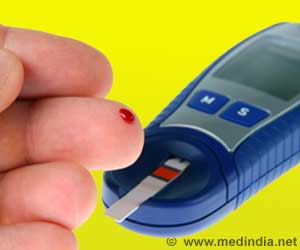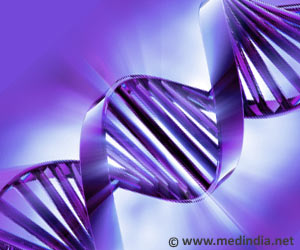Mitochondria are thought to have originated from an ancient symbiosis that resulted when a nucleated cell engulfed an aerobic prokaryote.

‘Mitochondria are responsible for creating more than 90% of the energy needed by the body to sustain life and support organ function. When they fail, less and less energy is generated within the cell.’





Autophagy is a natural cellular mechanism that plays an important role in cellular homeostasis by removing or recycling damage cell components. Mitophagy is autophagy that is specific to mitochondria. In a previous study from Kumamoto University in Japan, researchers developed folic acid-conjugated methyl-β-cyclodextrin (FA-M-β-CyD) which targets folate receptor-α (FR-α)-expressing (+) tumor cells via an unknown autophagic mechanism. The researchers theorized that FA-M-β-CyD inhibited mitochondrial activities, and began experimenting with the compound on a HeLa-derived, cervical cancer cell line (KB cells).
The researchers first evaluated FA-M-β-CyD by comparing its effects with that of three other compounds, as well as a control, on spheroids of FR-α (+) KB cells in vitro. They found that FA-M-β-CyD reduced cancer cell viability significantly more than the other compounds due to its FR-α-mediated cytotoxicity.
Next, the researchers determined that FA-M-β-CyD was localized to the FR-α (+) KB cell mitochondria and that it significantly increased the mitochondrial transmembrane potential compared to the other compounds tested. The transmembrane potential of the mitochondria controls the energy (ATP) production of the cell, and it was further found that ATP production was significantly reduced in FR-α (+) KB cells. However, when FR-α (-) A549 cancer cells were treated with FA-M-β-CyD, ATP production was not affected.
Kumamoto University researchers then focused on the effect that FA-M-β-CyD had on KB cell ROS production since reactive oxygen species (ROS) are frequently generated by the mitochondria. They found that ROS production was significantly increased in FR-α (+) KB cells but was unaffected in FR-α (-) KB cells. Furthermore, through the production of ROS in FR-α (+) KB cells, FA-M-β-CyD also seemed to cause autophagic vacuole creation.
Advertisement
"One of the problems for antitumor drugs to overcome is the abnormal blood vessel distribution and blood perfusion in tumors. This hinders the ability of the drug to enter cells and do its job," said Professor Arima, one of the project leaders. "However, recent research has found that nanoparticles around 12 nanometers in size can easily enter tumor cells. FA-M-β-CyD was measured at approximately 10 nm which contributes to its anticancer abilities." The compound should target FR-α (+) cancer cells, such as those found in ovarian, kidney, breast, endometrium, bladder, lung, and pancreas cancers, but the researchers admit that further testing is required before the safety of the compound can be determined definitively. It is hoped, however, that it will be developed into a potent anticancer drug.
Advertisement
Source-Eurekalert













